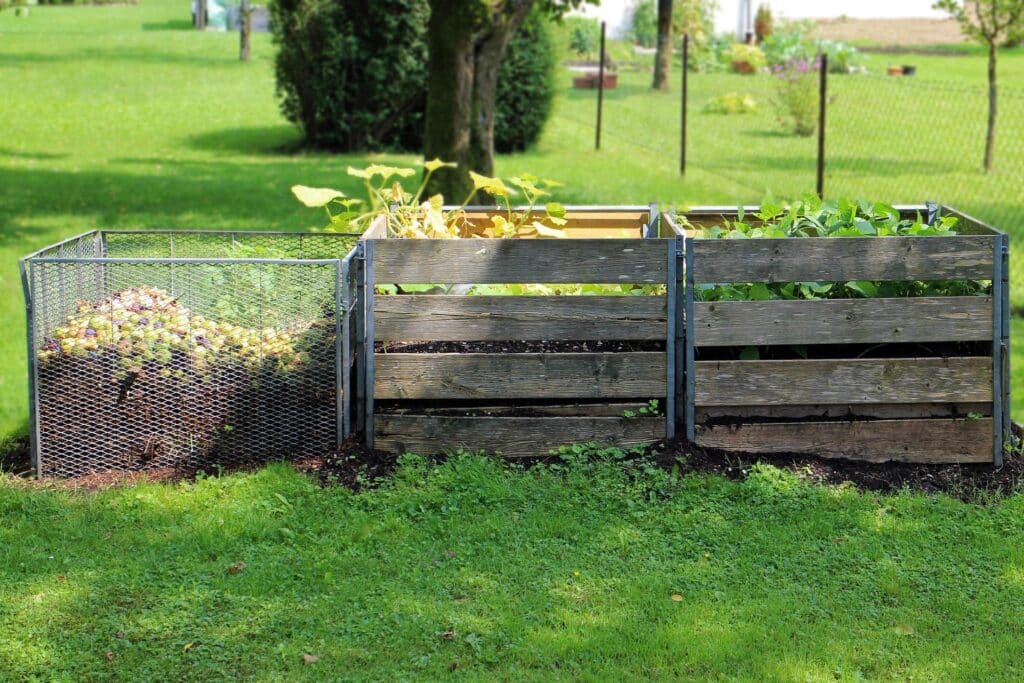Flies in your trash cans are more than just an annoying nuisance—they’re using your garbage as a breeding ground. These pests lay eggs that can hatch into maggots within just hours of being deposited. If your trash management practices aren’t airtight, you’re inadvertently giving these pests the perfect environment to multiply. Understanding their lifecycle and implementing proper sanitation and storage methods can help break their reproductive cycle and significantly reduce infestations.
How Flies Use Trash to Reproduce
Flies are naturally drawn to organic waste in your garbage. They lay their eggs in rotting food, discarded meat, and damp materials where their offspring will have plenty to eat. Within just a day, those eggs hatch into larvae (maggots), which immediately begin feeding on the surrounding waste before eventually pupating into adult flies.
This incredibly rapid reproduction cycle means that even a minor fly issue can quickly escalate into a full-blown infestation. Without proper intervention, flies will continue to breed inside your trash bins, dramatically increasing their population and potentially spreading harmful bacteria throughout your home.
What Makes Trash Cans So Attractive to Flies
Here are some reasons why trash cans tend to attract flies as a place to breed and thrive.
Warm, Moist Conditions
Flies actively seek out warm and damp environments for laying their eggs. When food scraps, liquids, or organic waste collect at the bottom of your trash can, you’re creating an ideal breeding ground for these pests. High humidity and heat accelerate egg development, making summer months particularly problematic for fly activity around garbage areas.
Strong Odors
Rotting food emits specific gases that flies can detect from surprisingly long distances. These pests have an extremely keen sense of smell that helps them locate food waste, which is why uncovered or loosely sealed trash cans quickly become prime targets for egg-laying females.
Accessible Entry Points
Loose-fitting lids, broken seals, and overfilled bins provide flies with easy access to the food sources they’re seeking. Once they manage to get inside your trash can, they immediately begin laying eggs, starting the reproductive cycle all over again. A single female fly can lay hundreds of eggs in her short lifetime, making proper containment essential.
Fly Prevention Tips for Trash Management
Here are some ways you can prevent flies from making a home in your trash can.
Use Sealed Trash Bins
A tight-fitting lid is your first line of defense against flies accessing your waste. If your current trash bin has a broken lid or noticeable gaps, it’s worth replacing it with a model that seals completely. Many modern trash cans come with features specifically designed to keep pests out while containing odors that might attract them.
Empty Trash Frequently
Unbagged food waste significantly increases fly activity in your trash cans. Always use heavy-duty trash bags and tie them tightly before placing them in your bin. For particularly problematic waste like meat scraps or other highly perishable items, consider double-bagging to provide an extra layer of protection against odors and leaks.
Bag All Waste Properly
Moisture accelerates fly reproduction, making a damp trash can an ideal nursery for new generations of flies. If liquids frequently collect at the bottom of your bin, flies will quickly use it as a breeding site. After each trash pickup, take time to rinse and thoroughly dry your bins before using them again.
Keep Trash Cans Dry
Moisture accelerates fly reproduction, making a damp trash can an ideal nursery for new generations of flies. If liquids frequently collect at the bottom of your bin, flies will quickly use it as a breeding site. After each trash pickup, take time to rinse and thoroughly dry your bins before using them again.
Store Trash Away from Entry Points
The placement of your outdoor bins can impact how likely flies are to enter your home. Keep trash containers away from doors and windows whenever possible. Flies that gather around garbage can easily find their way inside when doors open, so creating distance between trash storage and entry points helps minimize this risk.
Clean Trash Cans Regularly
Even after waste is removed, residue left behind can continue to attract flies. Develop a regular schedule for scrubbing bins with soap and water to remove food particles and organic buildup. Make sure to rinse thoroughly and allow them to dry completely before use, as moisture remaining in the bin can be just as attractive to flies as the waste itself.
The Dangers of Uncontrolled Fly Populations
Ignoring flies around your trash can lead to more serious problems than just the annoyance of swatting them away. Flies pick up bacteria from the surfaces they land on and can spread these pathogens to food preparation areas, increasing the risk of contamination. House flies and blow flies are known to transmit various pathogens that cause foodborne illnesses.
If flies manage to breed inside your home, they can lay eggs in food storage areas, indoor trash bins, and even pet waste, creating ongoing sanitation issues that become increasingly difficult to control. Their rapid reproduction rate means small problems can quickly become overwhelming.
What to Do if Flies Keep Coming Back
If flies continue to be a problem despite your best efforts at proper trash management, it may be time to consider professional intervention from a pest control service. A recurring fly issue could indicate a larger breeding site nearby that requires more targeted solutions than just managing your garbage.
Our pest control experts can provide a thorough inspection to identify all potential breeding sites and develop a comprehensive fly control plan. Get a free quote today to learn how we can help you effectively eliminate fly problems and prevent future infestations.









